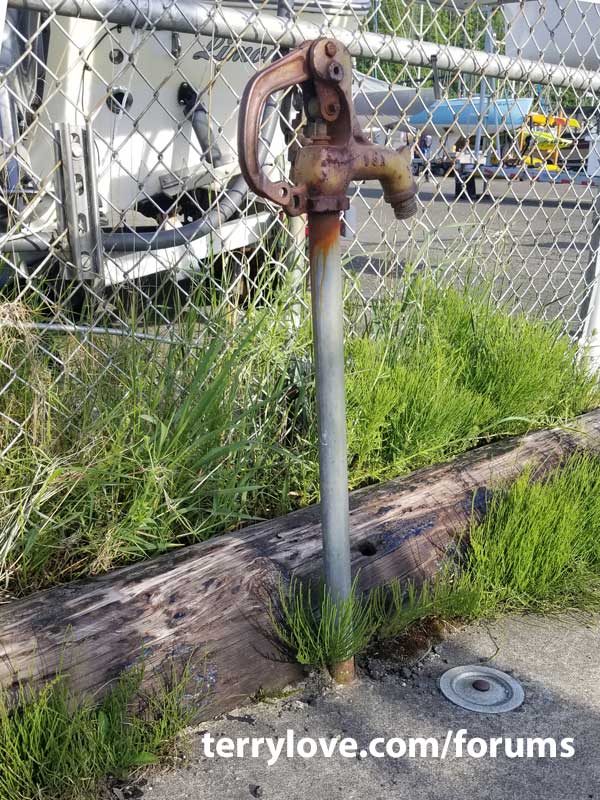VAWellDriller
Active Member
I install yard hydrants sometimes on main waterline when I drill a new well. There is one county that I work in that has failed my inspection twice lately. The first time, they claimed I either had to install a sanitary hydrant or a backflow preventer. The homeowner complained to inspector and he said just put on and anti-siphon device on the hose and the county passed it. Just did another job and they failed it again, this time I put on anti siphon fitting. What is the real code? Every other place I work I just install the hydrant, no anti-siphon, no backflow preventer...and have no problems.

